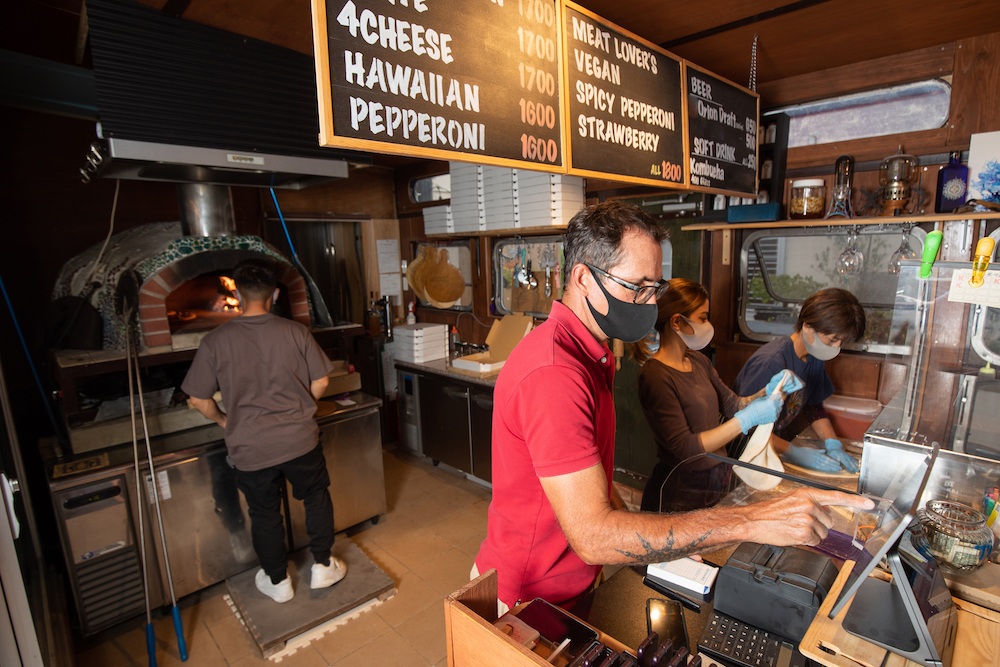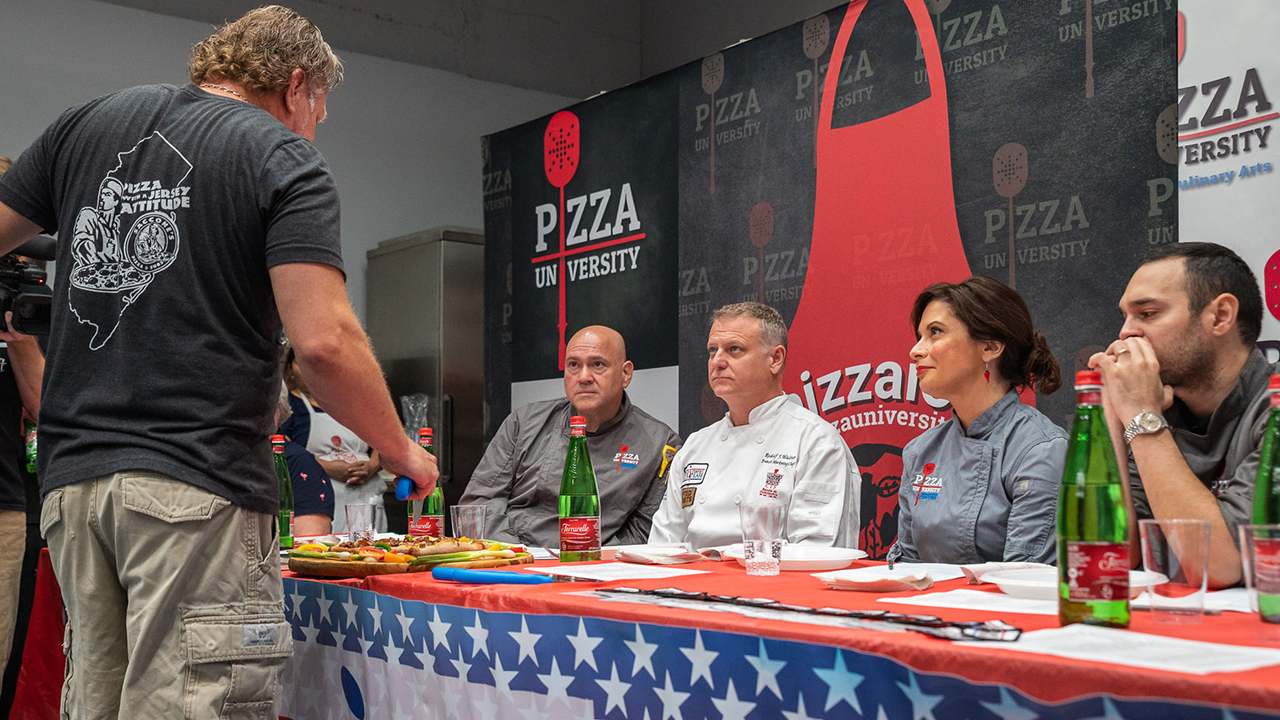- Offering better healthcare benefits could actually harm part-time restaurant workers who would otherwise be eligible for ACA insurance, notes Doug Ramsthel of Burnham Benefits.
- Non-healthcare benefits, such as tuition assistance, training, schedule flexibility and a clear career path, could help address the issue without a wage hike.
Related: How to attract workers back to the restaurant industry
American workers are quitting their jobs in record numbers, according to data released earlier this week by the U.S. Bureau of Labor Statistics (BLS). About 4.3 million people walked away from their jobs in August, increasing the nationwide quit rate to 2.9 percent of the workforce—the highest percentage every recorded by the BLS.
Restaurants have taken a particularly hard hit as 892,000 employees quit in August, the BLS found. The restaurant industry’s quit rate of 6.8 percent is the worst in the entire U.S. economy, more than twice the national average of 2.9 percent.
Strictly speaking, of course, there is no “labor shortage.” There are plenty of Americans who can fill the available jobs—they just don’t want those jobs anymore. “I don’t think there’s a shortage of people who want to work in our industry,” Michael Lastoria, co-founder and CEO of the Washington, D.C.-based chain, &Pizza, in an interview with PMQ this past summer. “I think there’s a shortage of people who are willing to accept the status quo.”
In other words, they want better pay and better benefits. But that’s not as easy as it sounds for many restaurant owners, especially independent operators who deal with razor-thin margins while trying to hire new workers and retain their best ones without breaking the bank.
To gain some perspective on the issue of taking better care of workers in the restaurant industry, we spoke to Doug Ramsthel, a partner at Burnham Benefits, an employee benefits brokerage and consulting firm with multiple offices around California.
PMQ: If restaurant operators have to raise wages and offer more benefits to stay competitive in hiring new workers, how do they do it without raising menu prices? Or is that even possible?
Ramsthel: Only the market will tell if raising prices will have much of an impact on business. Business owners are afraid of losing business if they increase prices, but by increasing wages by $2 per hour, how much will that increase prices? Enough for customers to refuse to go to their restaurant? I think that if a restaurant owner focused on elevating the customer experience through better customer service, or even by promoting that they are being socially responsible by increasing wages for their workers, it is possible to gain market share.
Related: How to address labor problems in the pizza industry
PMQ: If you’re an independent restaurant operator rather than a chain, how do you create a benefits package for restaurant employees that’s affordable for you and attractive to them?
Ramsthel: Offering healthcare benefits to part-time workers could actually hurt these workers financially. Offering health insurance that is deemed affordable under ACA guidelines will render a worker ineligible for government subsidies for health insurance coverage on the ACA exchange marketplace. This is true even if the worker does not accept the coverage. This could hurt all part-time workers, whether or not they need or enroll in the coverage offered by the operator.
Instead, the benefits to focus on are non-healthcare benefits, including tuition assistance, training, a career path, sense of belonging, work schedule flexibility and discount programs. There are also services and companies that will assist employees to find healthcare coverage on the ACA exchange and find out if they do qualify for a subsidy. Offering this type of service to employees could truly be beneficial.
PMQ: Now that unemployment benefits are returning to pre-pandemic levels, workers are still avoiding the restaurant industry because the work is so hard, the pay is relatively low and benefits are hard to come by. How will this affect the industry, both in the short term and the long term?
Ramsthel: This could bring pressure to force restaurant owners to innovate in order to create a better work environment and work flexibility. It is unclear what and how these changes would be made, but addressing worker needs to attract and retain talent will be more important than simply increasing wages.
PMQ: What kind of benefits can restaurants offer (affordably) that will help address the problem?
Ramsthel: Focus first on what types of employees will be driving the business and what are truly the employee demographics that will drive the business. Once identified, focus on the needs of this demographic.
Is it funding for college tuition, work flexibility, a career path, a fun place to work and a place where they can truly contribute? This could be a company cultural change that could help dramatically [with employee retention] before jumping to an increase in pay.
Is it possible to market the goodwill of treating your employees better to gain more customer business? With all the shortages and poor customer service due to a labor shortage, customers are seeking out places that can provide a better experience and may shift their buying habits to get this.
Lastly, is there a segment of the population that is not very active in the labor market right now, which an employer can uncover or discover and try and attract this group specifically? Perhaps it’s senior citizens, younger high schoolers or even single moms.













